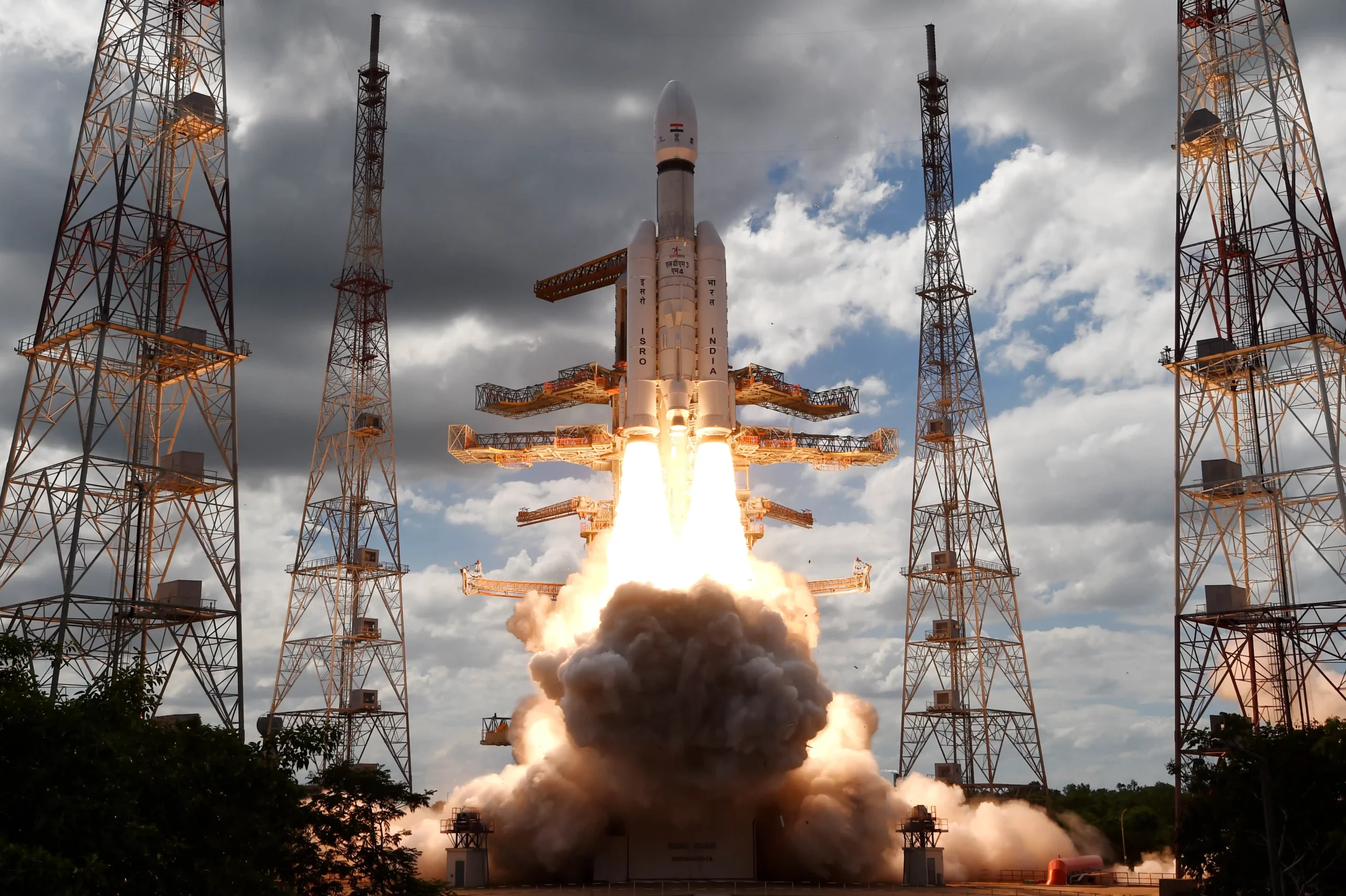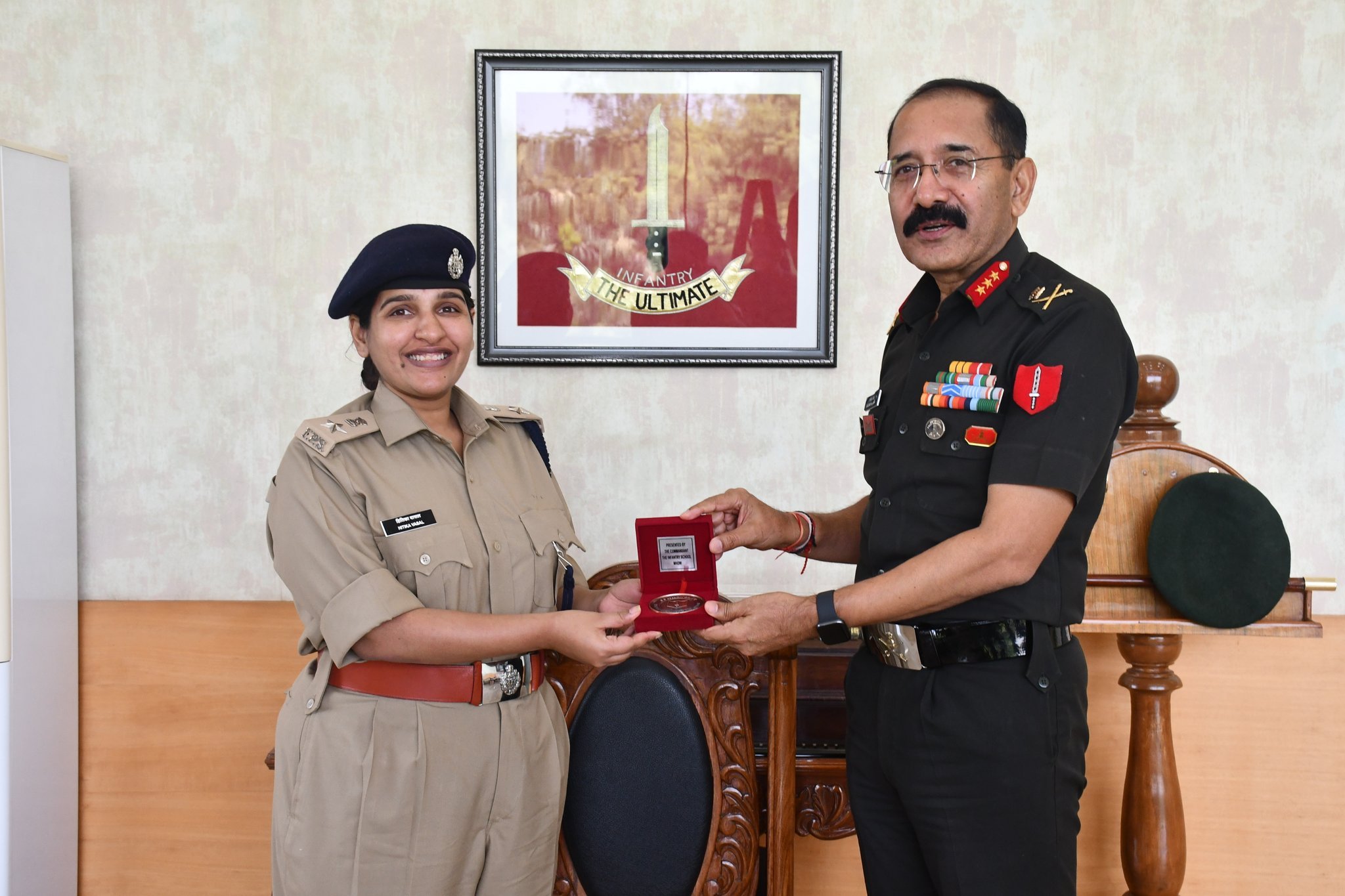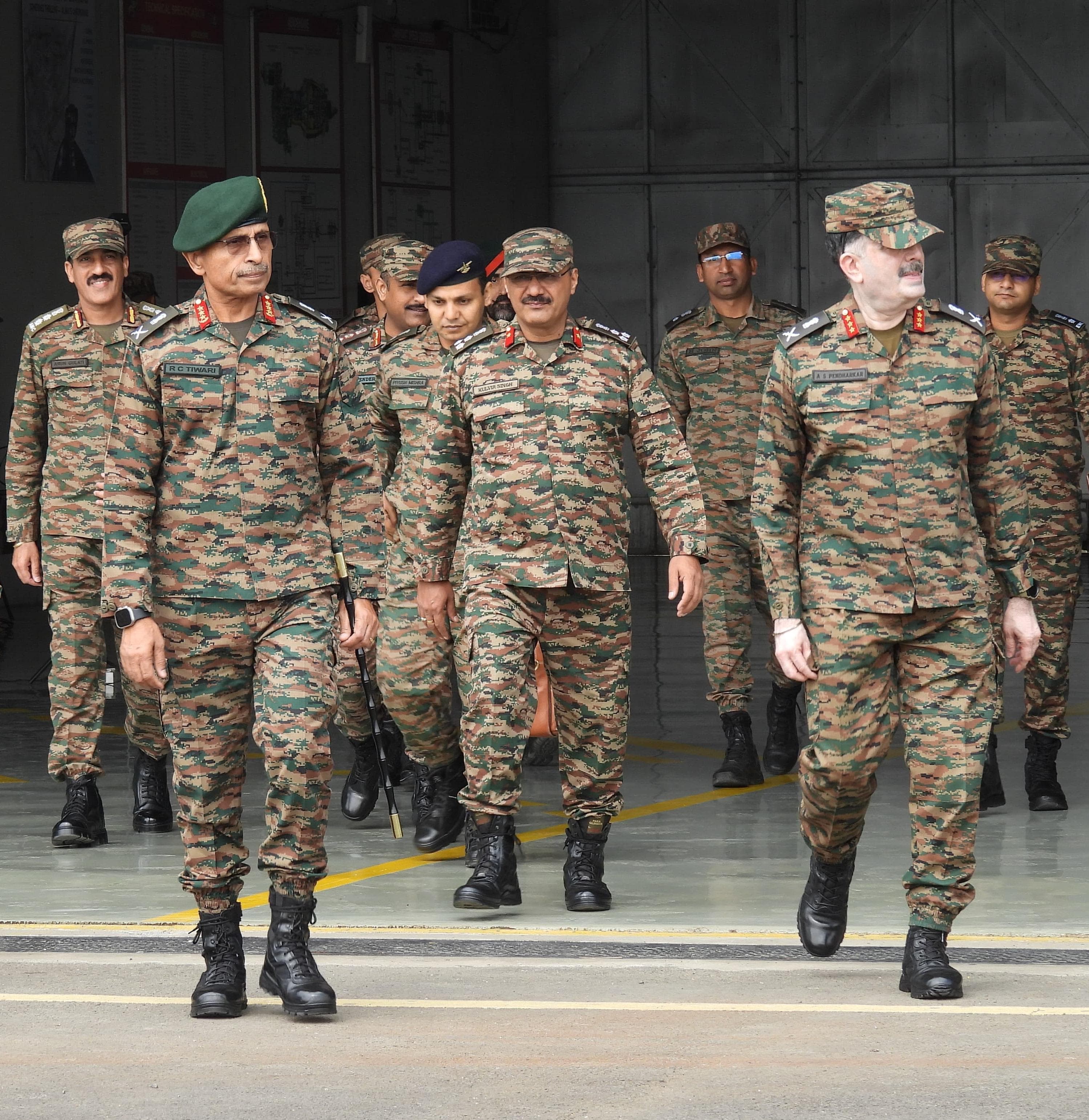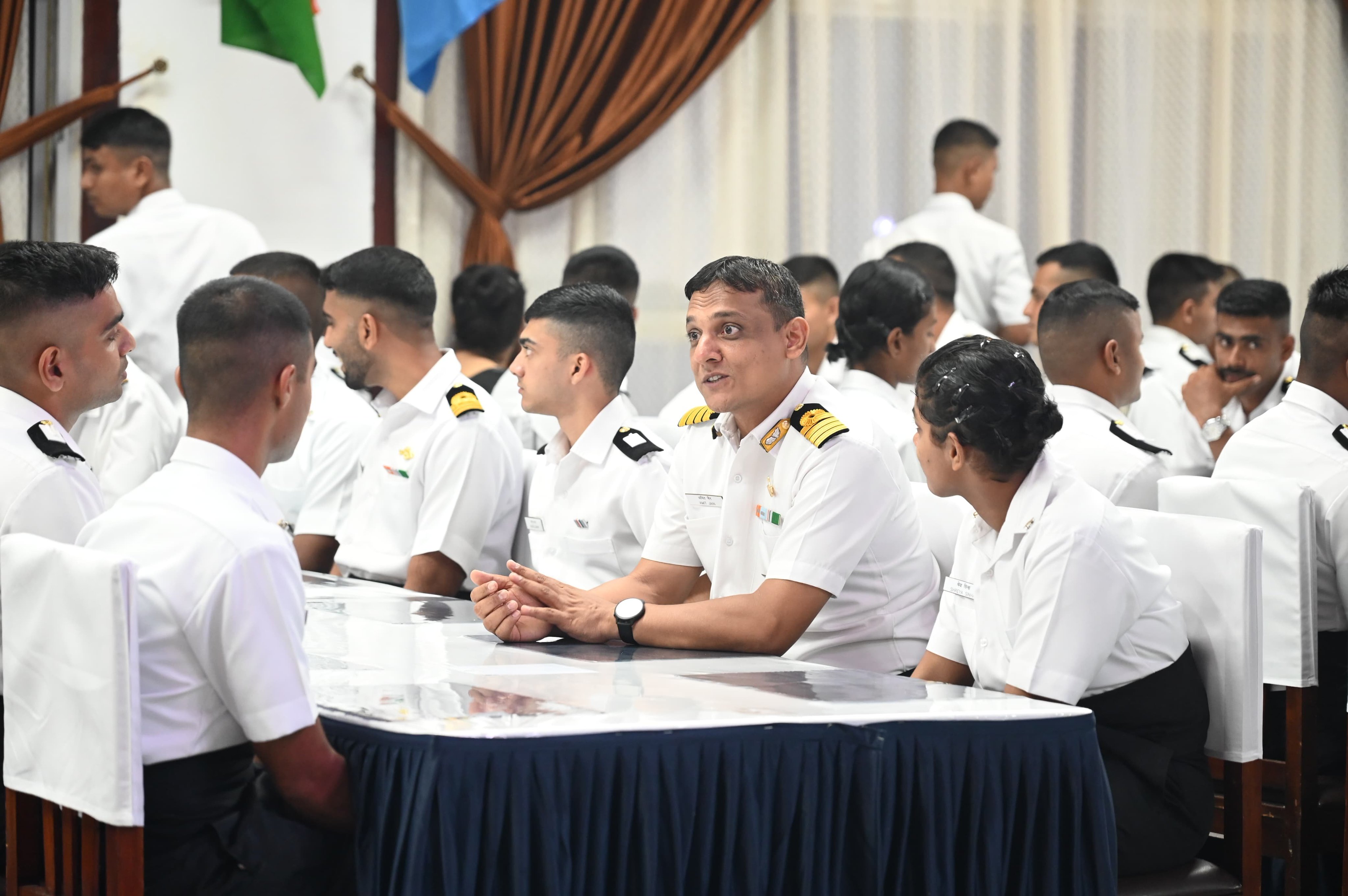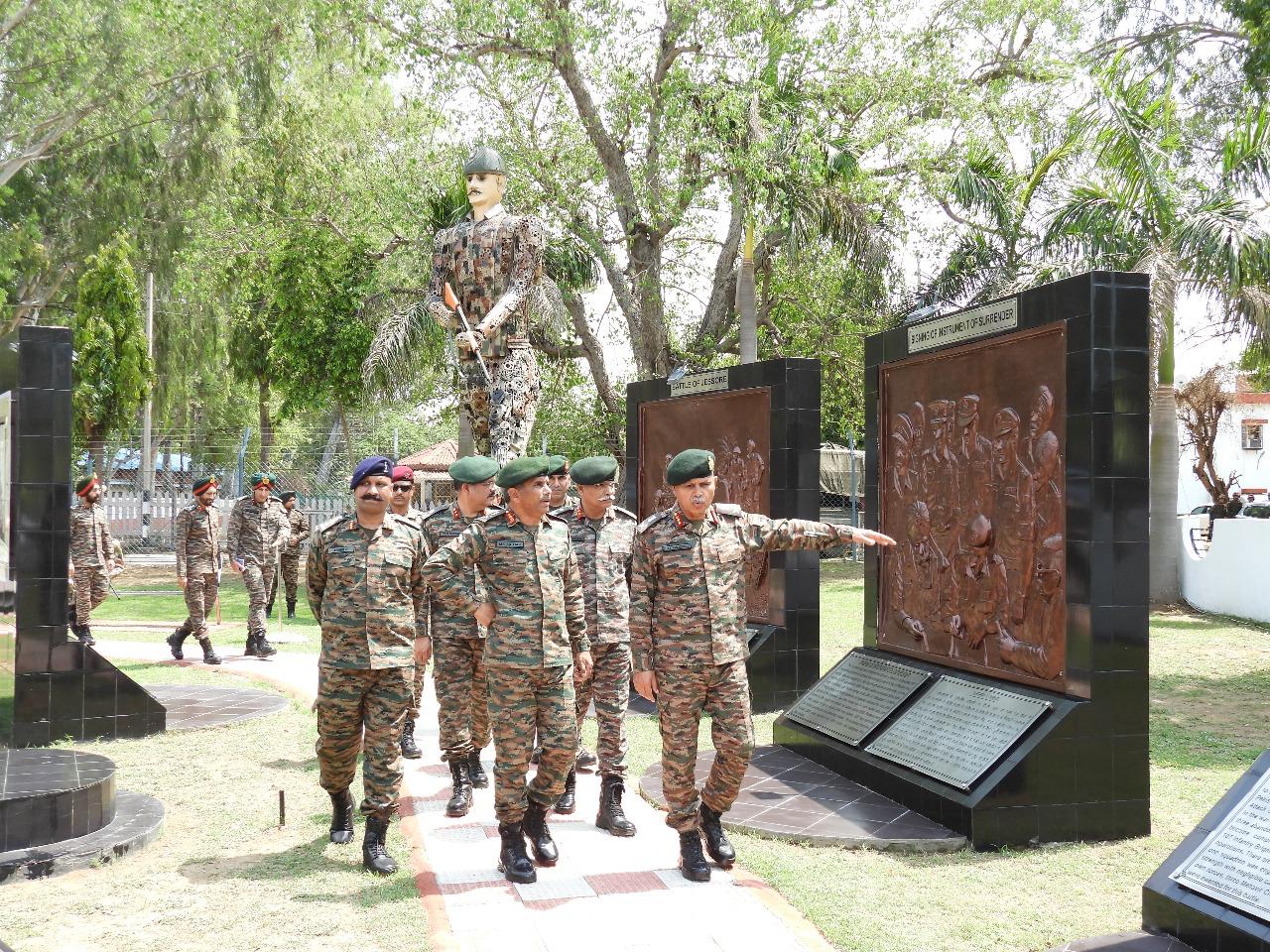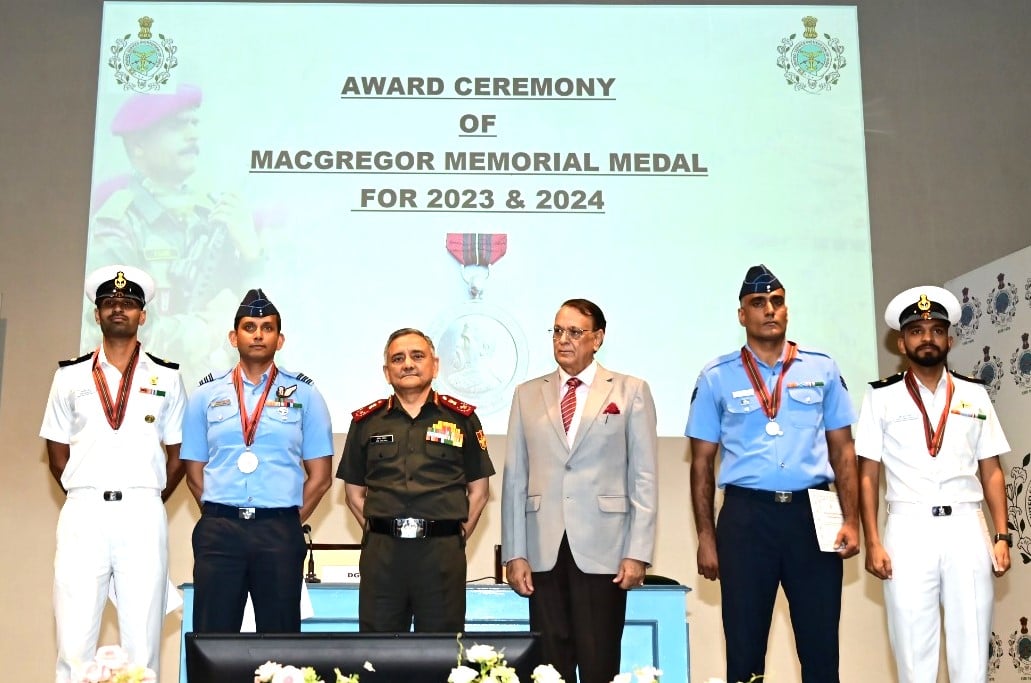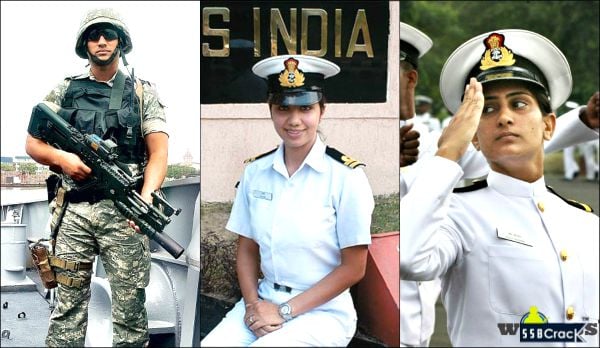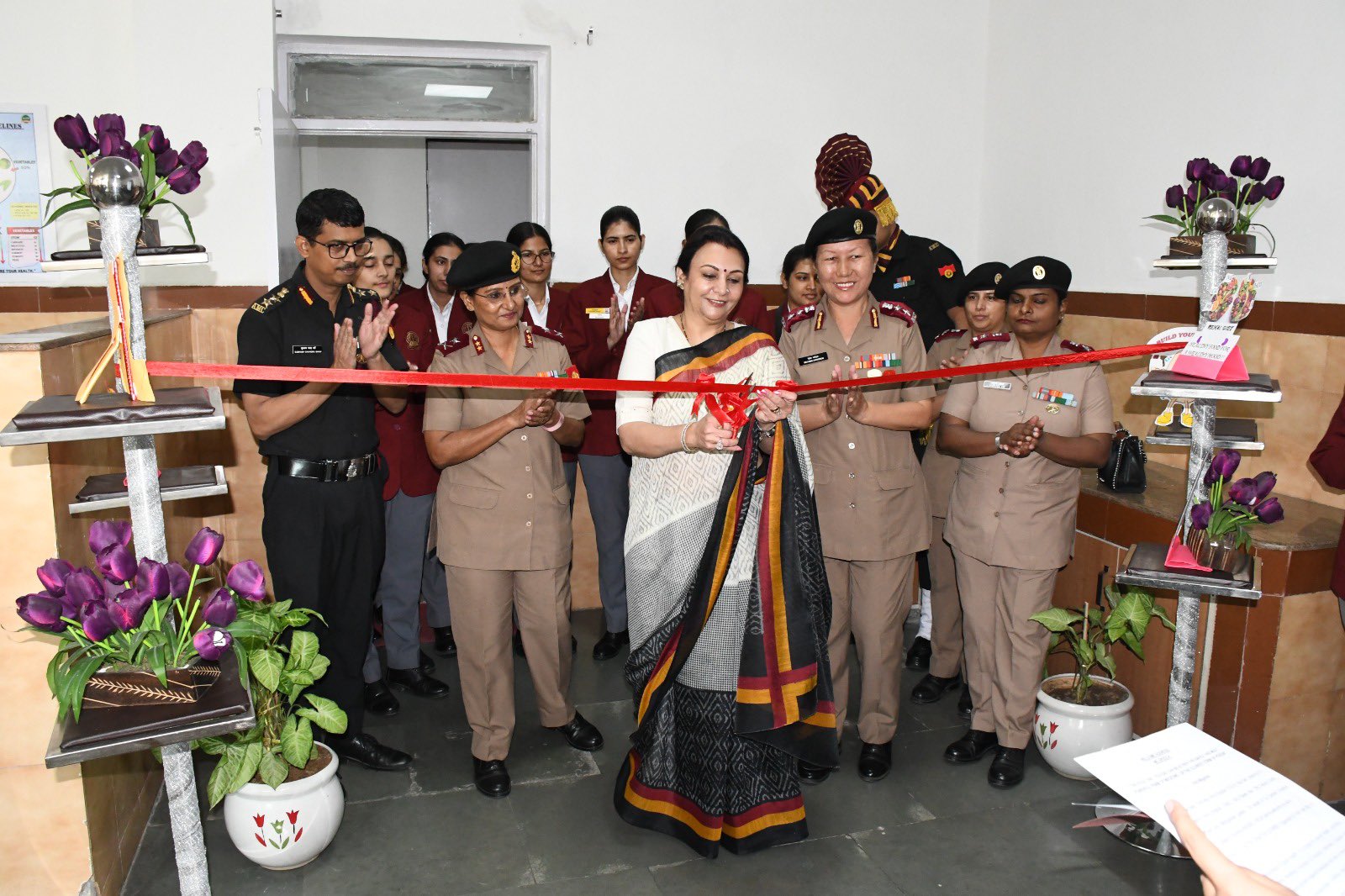The Indian Space Research Organisation (ISRO) is gearing up for the launch of its meteorological and disaster warning satellite, INSAT-3DS, scheduled for February 17 at 5:30 pm IST from the Satish Dhawan Space Centre (SDSC) SHAR in Sriharikota.
The satellite will be carried into orbit aboard GSLV F14, marking ISRO’s 16th mission with the Geosynchronous Satellite Launch Vehicle (GSLV).
The primary objective of this mission is to position the INSAT-3DS satellite into the Geosynchronous Transfer Orbit (GTO). Following successful orbit-raising manoeuvres, the satellite will be placed into a Geo-stationary Orbit, enabling it to fulfill its role in advanced meteorological observations and weather forecasting.
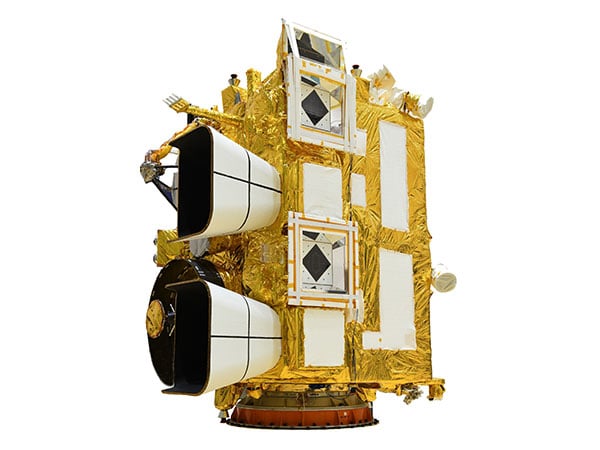
INSAT-3DS is equipped with state-of-the-art payloads, including a 6-channel Imager and 19-channel Sounder, designed to enhance meteorological observations and ensure the collection of high-quality data.
Additionally, the satellite features essential communication payloads such as the Data Relay Transponder (DRT), which receives data from automatic Data Collection Platforms and Automatic Weather Stations, thereby further improving weather forecasting capabilities.
One of the critical components of INSAT-3DS is the SAS&R transponder, which plays a pivotal role in relaying distress signals and alert detections from beacon transmitters, contributing significantly to global search and rescue services.
With its advanced payloads and communication features, INSAT-3DS is poised to monitor land and ocean surfaces effectively, providing valuable data for disaster warning systems and enhancing early-warning capabilities.
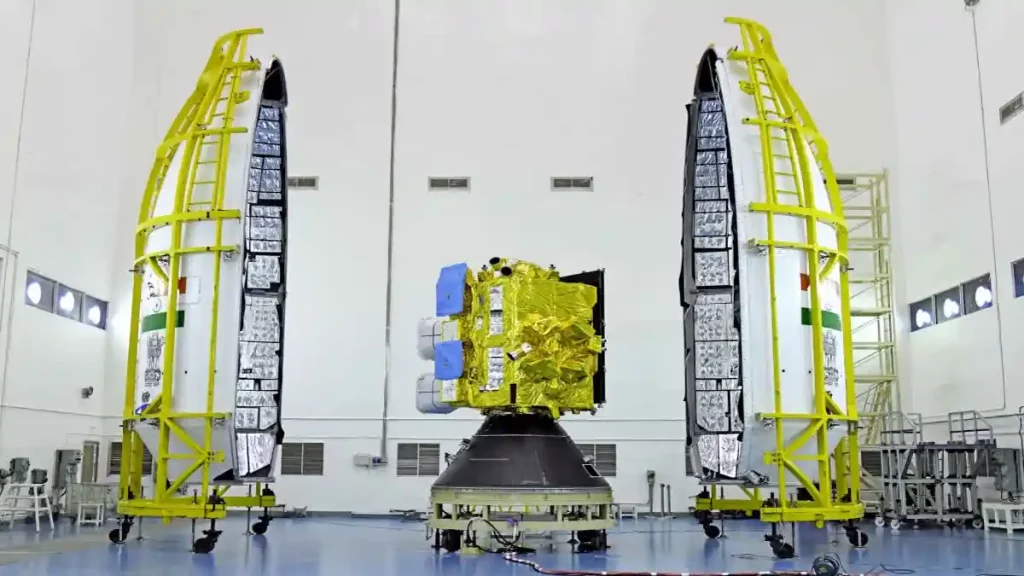
Looking ahead, the Satish Dhawan Space Centre, SHAR, has ambitious plans for the future, with approximately 30 launches scheduled in the next two years, according to the ‘Integrated Launch Manifesto for 2023-24 (Q4) & 2024-25’ released by the Indian National Space Promotion and Authorization Centre (IN-SPACe).
These launches are aimed at serving a variety of purposes, including India’s commercial space sector, user-funded missions, scientific endeavors, and technology tests.

